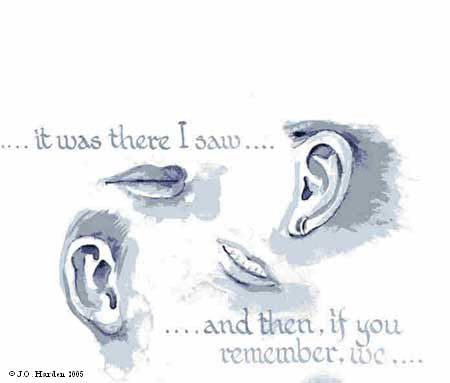
Ann Barnard (née Lee)
I lived in Fovant from 1939 until I was married in 1957. My memories are mainly that of a child! So may not be 100% accurate.
I lived with my Mother and Father and was the youngest of 7 children. My eldest brother William was killed in June 1940. Injured at Dunkirk, he was brought back to Chichester where he died of his wounds. His body was brought back to Fovant and is buried in the Churchyard. I can remember him saying goodbye to me wearing his dark blue uniform and carrying a rifle. I was just 3 years old.
I remember there was a water tap built against the wall of The Malt House (opposite Southbank) near the entrance to Brookside. I am not sure where the water supply came from to this tap, as at Southbank we pumped water into the kitchen. Much later when I was about 12 (1949/50) I can remember that a water main was laid through the village and connected to each house.
My family came to live in the Village from Wilton and my Mother continued to use a grocer in Wilton. Each week (I think it was a Tuesday, market day in Salisbury) Sid Lever at the garage, ran a bus into Salisbury and he would collect an order for groceries – the method of conveying to him that an order was ready, was quite simply a bunch of newspaper tied to a broom shaft stuck in the hedge at the front of the house! So he would collect said order, deliver it to the grocer in Wilton and bring the goods back in the afternoon.
There was also a taxi in the Village – Hedley Jarvis, a haulier, had a big black car which he used as a taxi.
Our medical needs were met by Dr. Clay who was not only a GP but also a surgeon, and Nurse Porter, who was a nurse and midwife. Dr. Clay was also a local historian.
The Village milk was supplied by Mr. Bracher at Ings Farm. I can remember watching him hand milk cows and then seeing the milk being cooled in the dairy through ‘wash board’ type coolers. It was then bottled with a cardboard disc being fitted to the top and taken around the village – he would also have a churn of milk with a metal measure with a long handle that hung over the top of the churn, that milk could be measured out and poured into the household receptacles.
The bakery and shop was where the shop is today, owned by Mr. Cowdry. The butcher was lower down the village and was also an abattoir. Nearly next to the butcher’s shop was the local wood joinery where all manner of things were made, including coffins!
I remember that there were at least three evacuees staying in the village during the war. One was called Joey Williams and he lived with Mr. and Mrs. Hardiman (I think) in the house at the end to the lane to Ings Farm. He visited the village about ten years ago – I saw his message in the Church Visitors Book.
In 1952/3 a committee was set up with the representatives of all the various organisations in the Village, headed by Dr. Clay, to plan for the Queen’s Coronation. I was chosen to represent the Youth Club (I was then Secretary), and it was decided to plant flowering cherry trees the whole length of the village to commemorate the occasion. A few of those trees remain today.
Each year the Youth Club put on a variety show, which ran for two or three nights in the British Legion Hall. These were great fun to practice for and to put on. The Y.C. used to have an annual outing by coach to various seaside resorts – Weston-super-Mare, Ilfracome etc.
A.B.
2003
Content last updated
14 January 2007
